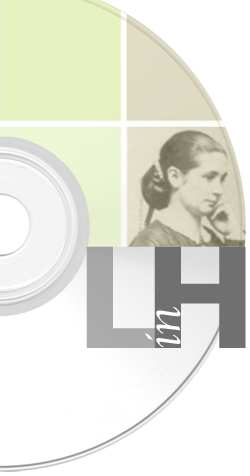
© Latinas in History 2008
Epifania
Guadalupe de Vallejo would have made history even if she had not been the first
Latina photographer. She was the third of sixteen children born to Mariano Guadalupe
Vallejo and Francisca Benicia Carillo, an influential founding Sonoma Alta California
family. Raised on the family estate, Lachryma Montis, on an expansive ranch of
some 175,000 acres, Epifania (Fanny) was heir to a rich cultural tradition, social
standing, and a classical education within the academic and scholarly ambiance
of the home. She lived through transformative historical events from the heyday
of Mexican power to the era of American control and the decline of the ruling
Californio class. Epifania’s artistic pursuits led to early experimentation
with the daguerreotype process initially documented in California through images
produced by Epifania de Guadalupe Vallejo. In the period after the 1840s Epifania
obtained access to a daguerreotype camera and began producing images while still
only between the ages of twelve and fourteen. Vallejo family photographic collections
and early documents provide indications that she mastered the art of photography
and the daguerreotype process in the period before 1849. One of Epifania's images
found its way into the mounting of a finger ring with photo of her mother's locket
worn by General Mariano Vallejo himself. Epifania married Captain John Blackman
Frisbe in 1951. Ten years later, the couple numbered among the guests at President
Lincoln's inaugural ball. The couple ultimately moved to Mexico where they prospered
and raised twelve children. On February 14, 1905, Epifania de Guadalupe Vallejo
succumbed to pneumonia and died in Cuautla, Mexico. Her work stands as a historical
benchmark for the introduction of photography to California and the American West.
| LINKS | |
|
Latinas
in the United States |